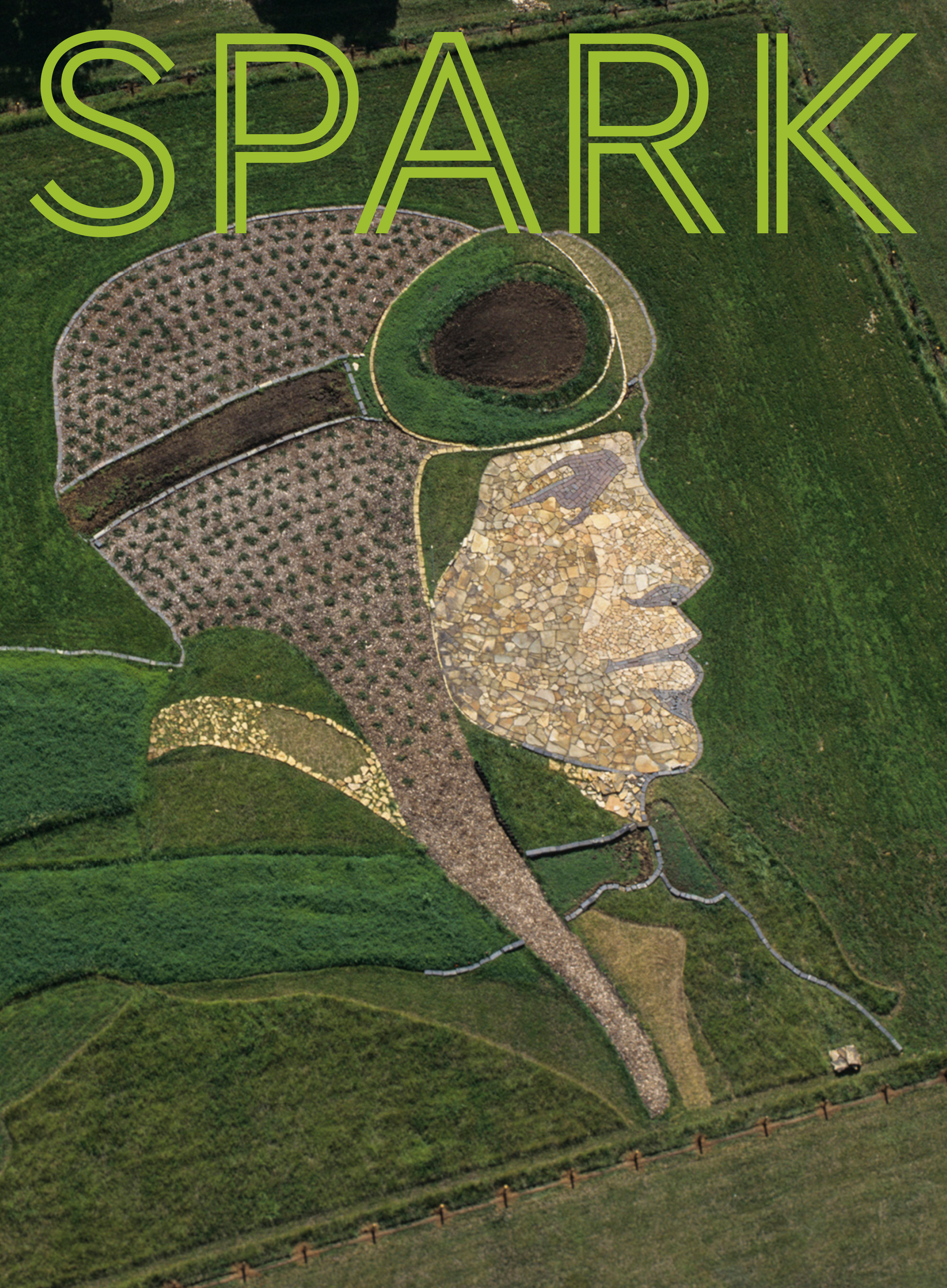Art analysis

Keeping an eye on preservation
Art is a universal and integral part of life – but environmental impacts can take their toll on artwork. Acid rain can dissolve outdoor work like sculptures and statues. Indoors, air pollutants and ultraviolet light can cause deterioration and fading.
Art conservation is the act of maintaining the quality of an artwork and protecting it from injury or decay.
How do they do it?
- Controlling temperature and humidity in the artwork’s environment
- Limiting an artwork’s exposure to light – this is why most art museum’s prohibit flash photography
- Treatment that prevents deterioration – synthetic materials, for example, may be added to prevent flaking
Art restoration, on the other hand, is an attempt to restore a piece of artwork to its original state.
How do they do it?
- Multispectral analysis: Ultraviolet fluorescence and infrared radiation can help highlight properties of a piece of artwork that can’t otherwise be seen by the human eye.
- Applying synthetic resins to maintain an artwork’s color
- Chemistry: Art restorators often have a solid background in science – there are up to 140 different chemical substances and mixtures used in restoring artwork.
Art restoration isn’t without its controversy. Many question whether a restorer can make the correct decisions about the original artist’s intent. Additionally, it can be very difficult to distinguish between dirt in varnish and dirt on paintings – excessive cleaning has been known to damage original paintings rather than enhance them. And then there are the mishaps.
 What might be the most famous of all restoration failures occurred in 2012, when an 80-year-old woman in Spain took it upon herself to restore the Ecce homo painting in a local church. The failed attempt became an Internet phenomenon, prompting merchandise, costumes and online memes. Tourists even flocked to the church for a glimpse of the blunder in person.
What might be the most famous of all restoration failures occurred in 2012, when an 80-year-old woman in Spain took it upon herself to restore the Ecce homo painting in a local church. The failed attempt became an Internet phenomenon, prompting merchandise, costumes and online memes. Tourists even flocked to the church for a glimpse of the blunder in person.
Sources: Scientia Review, i09, Western Center for the Conservation of Fine Arts, Xperimania
Send your questions or feedback to ithink@anythinklibraries.org or post in the comments below.

